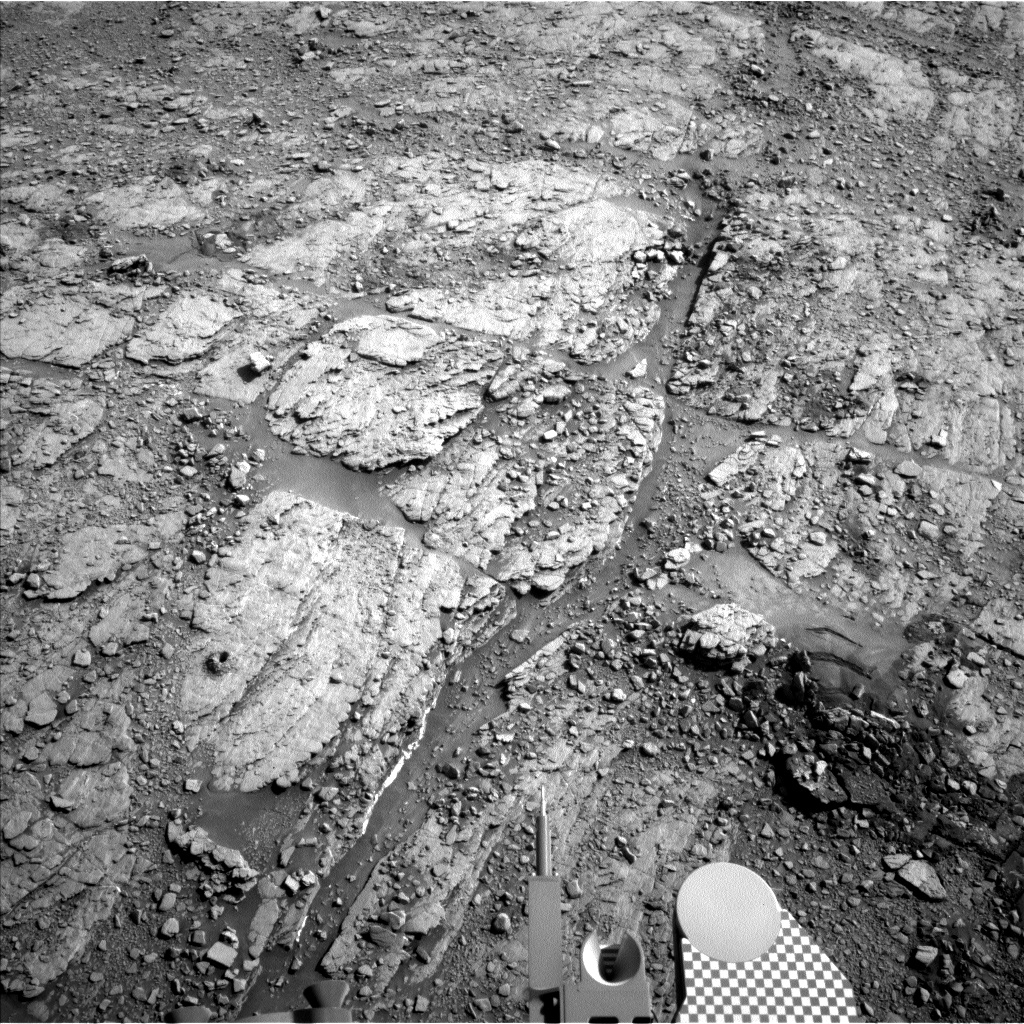3 min read

The days leading up to a big trip can be hectic. There are preparations to be made, belongings to be packed, extra work to do in anticipation of being away from the computer. And it's no different for a robot on the surface of Mars. With solar conjunction quickly approaching, the team is focused on getting the rover prepared for its journey behind the sun, during which time all communications between Earth and the rover will cease. Today the team was faced with the interesting challenge of having to fit all the activities that needed to be completed before conjunction in the limited time available before the rover had to start 'packing up' its instruments for the two-week hiatus. When planning began, the science team was informed that we would not be allowed to use Mastcam or ChemCam after the first sol, in order to get those instruments turned off and into a safe position before solar conjunction began. This placed a constraint on what activities could be included in the plan and when they could be included; a plan that originally included three science blocks spread over two sols quickly shrank into one massive science block on the first sol, jam-packed with all the activities that need to be done to get the rover into vacation mode.
The science block included various geologic observations, such as Mastcam multispectral images of a fractured rock and some potential meteorites named "Stone Row," as well as two ChemCam activities on targets "Windy Swire" and "Wigtownshire." In anticipation of post-conjunction activities, a Navcam image was also included to gather range data on a group of shadowed rocks nearby. Four different targets will be imaged by Mastcam to monitoring wind activity: two sand targets (Dundee 1 and Dundee 2), the rover deck, and a sediment pile around the drill hole. Since Navcam will remain partially operational during conjunction, the rover will also continue to monitor wind on its own throughout the break by repeating the image shown above once per sol to see if any material moves around in the workspace while we are away. Today's science plan also included a set of Mastcam and Navcam observations used for studying atmospheric phenomena like clouds and dust lifting.
The science block concluded with a Mastcam homing sequence, which will stow the camera in a safe position in preparation for the two-week break. We still have one more pre-conjunction planning day on Friday, but with limited instrumentation, it is looking like it will be a very quiet one. With all of our required science activities complete, and our instruments powering down, we should be almost ready for our journey behind the sun! But wait… where did we put our passport?!
Written by Mariah Baker, Planetary Geologist at Center for Earth & Planetary Studies, Smithsonian National Air & Space Museum







